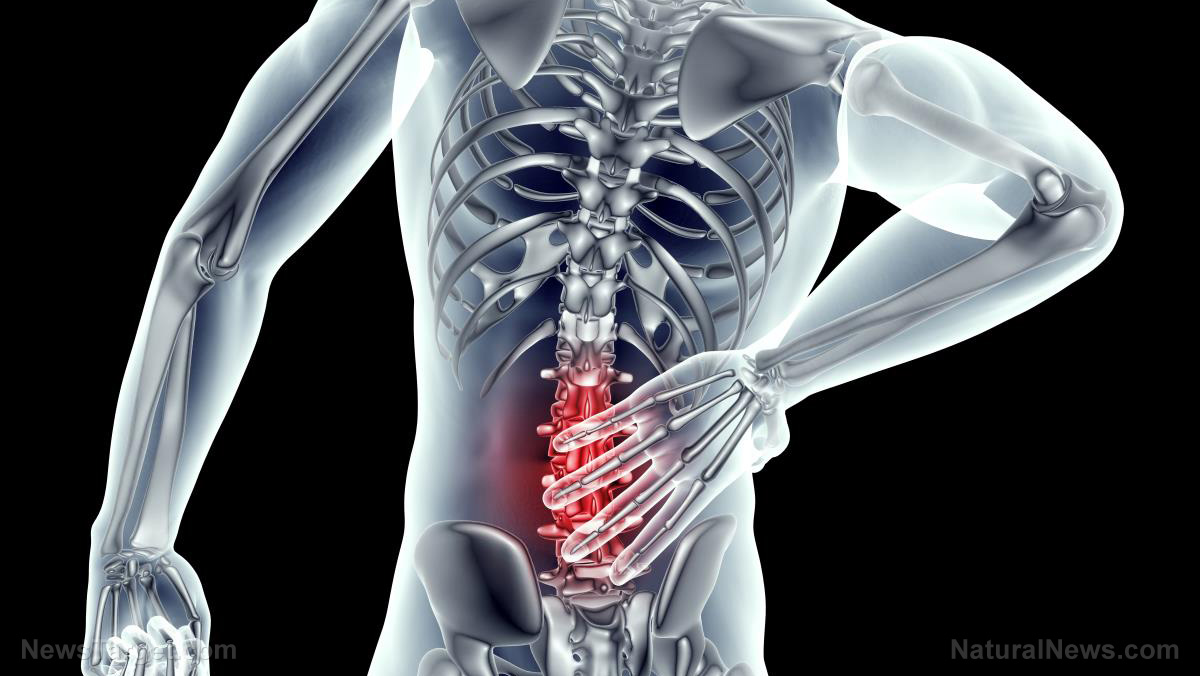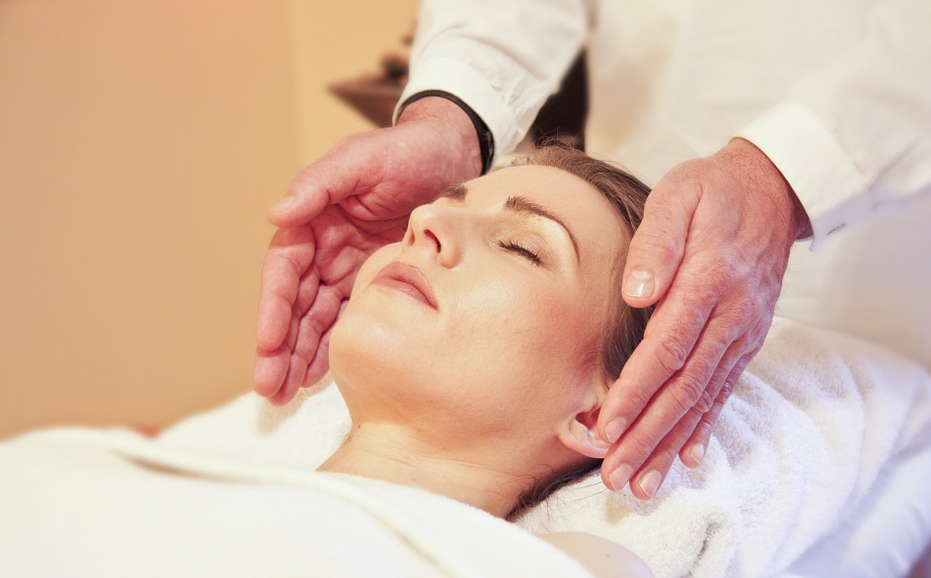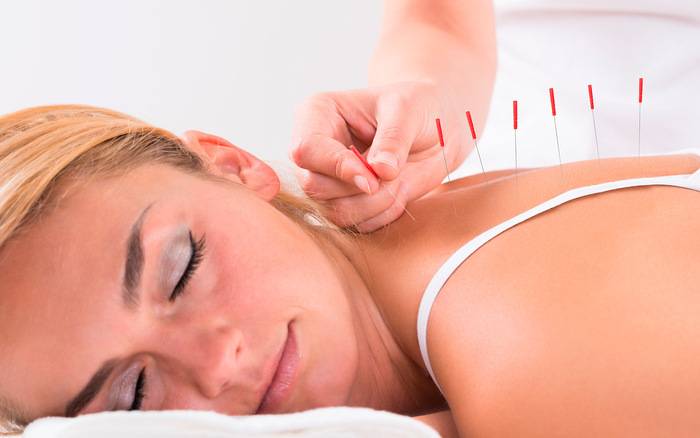Take the stress off your back with these 3 helpful strategies
11/18/2018 / By Zoey Sky

If you’re constantly suffering from lower back pain or if you want to hasten your recovery from surgery or some other back-related condition, you need to protect and strengthen your lumbar spine.
Here are three lifestyle changes that can help reduce the stress on your lower back.
Switch to a stand-up desk for at least part of your day
Several studies have determined that sitting for too long is one of the most common causes of lower back pain. Your sitting posture, especially if you’re leaning forward to look at your computer screen, changes the natural alignment of the lower spine. This change in alignment puts a heavy load on your lumbar discs, joints, and other structures.
One way to avoid sitting at a regular desk for too long is to switch to stand-up desks for part of your workday. There are different kinds of stand-up desks; you can choose from models that have various shapes and features. If you don’t want to splurge on a desk, you can buy an inexpensive desk topper. But if you have the money, you can get a fully adjustable stand-up desk model.
If you’re already suffering from lower back pain, try to gradually get used to working on a stand-up desk. Stand for only part of a day, then extend the time as you feel your stamina increase. Place a cushioned mat under your feet for additional comfort.
By standing more frequently and taking a quick walk or doing gentle stretches every 30 minutes or so to break up long periods of sitting, you can improve your lower back. (Related: How to improve your posture while sitting.)
Once you start using a stand-up desk, don’t forget to change your keyboard and mouse position to avoid straining your wrists. If you’re standing up, the ideal angle is slightly more extended or tilted upwards, unlike when you’re sitting.
Not changing your keyboard and mouse position once you switch between sitting and standing may cause wrist pain and discomfort. Keep your keyboard and mouse at the same level and make sure your wrists are straight when you’re typing. If you occasionally suffer from sore wrists, use an adjustable keyboard stand and a gel mouse pad.
Stretch your hamstrings every day
Not everyone knows that their hamstrings – the large muscles that run down the back of each thigh – may easily become too tight. If you have overly tight hamstrings, they may transfer stress across your lower back and aggravate back pain.
Try this chair hamstring stretch exercise if you start to feel tightness in your thighs.
- Sit on your chair.
- Carefully place one leg straight out on another chair in front of your body.
- Reach for your toes and stretch one leg at a time.
Sleep in a slightly reclining position
Most individuals who suffer from lower back pain feel more supported when their lower back is braced in a slightly reclined position while their knees are supported and elevated. This can offer relief if you have a lower back diagnosis, like lumbar degenerative disc disease, osteoarthritis, or spinal stenosis.
If it hurts to sleep on your back, try to lie down in this position on a reclining chair or in your bed, especially if you read before you go to bed.
Keep these tips in mind to relieve lower back pain and strengthen your lumbar spine. You can read more articles with tips on proper posture at BackPain.news.
Sources include:
Tagged Under: back pain, fitness, good posture, hamstring stretches, lower back, lumbar spine, pain relief, posture, prevention, remedies, sleeping positions, spine health, stand-up desk, stress



















